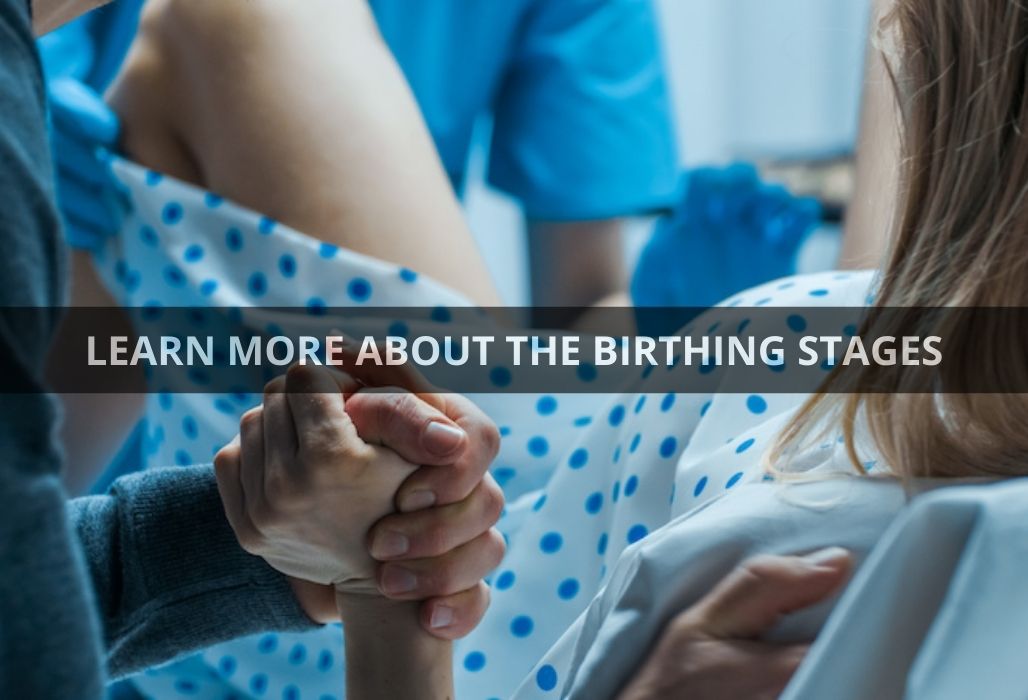LEARN MORE ABOUT THE BIRTHING STAGES
The delivery process consists of several stages. From now on, let’s take a closer look at the steps that a baby goes through to come into the world.
It is very important to take care of the health of pregnant women according to the stage of delivery.
One of the important parts of pregnancy and childbirth is acquiring sufficient information. Pregnant women should be provided with all necessary information regarding the duration of pregnancy and the stage of delivery. Pregnant women should be provided with all necessary information regarding the duration of pregnancy and the stage of delivery.
It is true that the process of pregnancy and childbirth usually goes without any problems. However, there are a number of factors that can help reduce the risk of possibly even the most trivial accident. For example, taking nutritional supplements, regular gynecological exams, and doing the necessary prenatal studies all help reduce potential risks.
Imminent stage of childbirth
It is normal for even pregnant women to experience some degree of anxiety as the time of childbirth approaches.
It is a natural and instinctive response for a pregnant woman to feel uncomfortable as the time of childbirth approaches.
There are several signs or symptoms that may indicate that childbirth is imminent.
The most obvious sign of imminent birth is a burst of amniotic fluid. A ruptured amniotic membrane is a clear sign that you need to go to the hospital right away. The baby is about to be born.
When does labor start?
It is important to know that there are two important moments when analyzing the stages of labor. Early parturition and parturition itself.
- At the beginning of labor, changes appear in the uterine wall. Pregnant women may experience light, irregular labor, which disappears when changing positions. Each woman experiences different symptoms at the beginning of labor. Even a woman may experience different symptoms during her first and second childbirth. Also, some women may not feel any early symptoms of labor. The first part of labor can last for hours or even days.
- Birth begins when three conditions are met. The first is the disappearance of the uterine wall, which is due to the lengthening and narrowing of the cervix throughout the delivery process. When labor begins, the size of the cervix is reduced by half. The second condition is that the uterus should be dilated to about 2-4 cm. lastly, the labor of the pregnant woman should be rhythmic and she should feel vomiting at least twice every 10 minutes. When all three conditions are met, labor begins.
Everything you need to know about the birth stages
The delivery itself takes place in three stages:
- Expand
The first stage of dilatation is the secretion of mucus and the onset of cervical dilatation. The amount of time this step takes varies from woman to woman. Some women fully expand in a short amount of time, while others take several hours.
The more intense and frequent the pain, the more intense the pain and the more rhythmic it becomes.
- Childbirth
This stage is when the extension is at its maximum or about 10 cm.
- Placental Drainage
Just because a baby is born doesn’t mean delivery is over. To be precise, delivery is complete only when the placenta and ovarian membrane are discharged. This step is very important for the mother. This is because the placenta and ovarian membranes can cause inflammation if left in the uterus. To be precise, delivery is complete only when the placenta and ovarian membrane are discharged.
After the placenta and ovarian membranes are released, you can now hold the baby in your arms. Minutes are complete.







